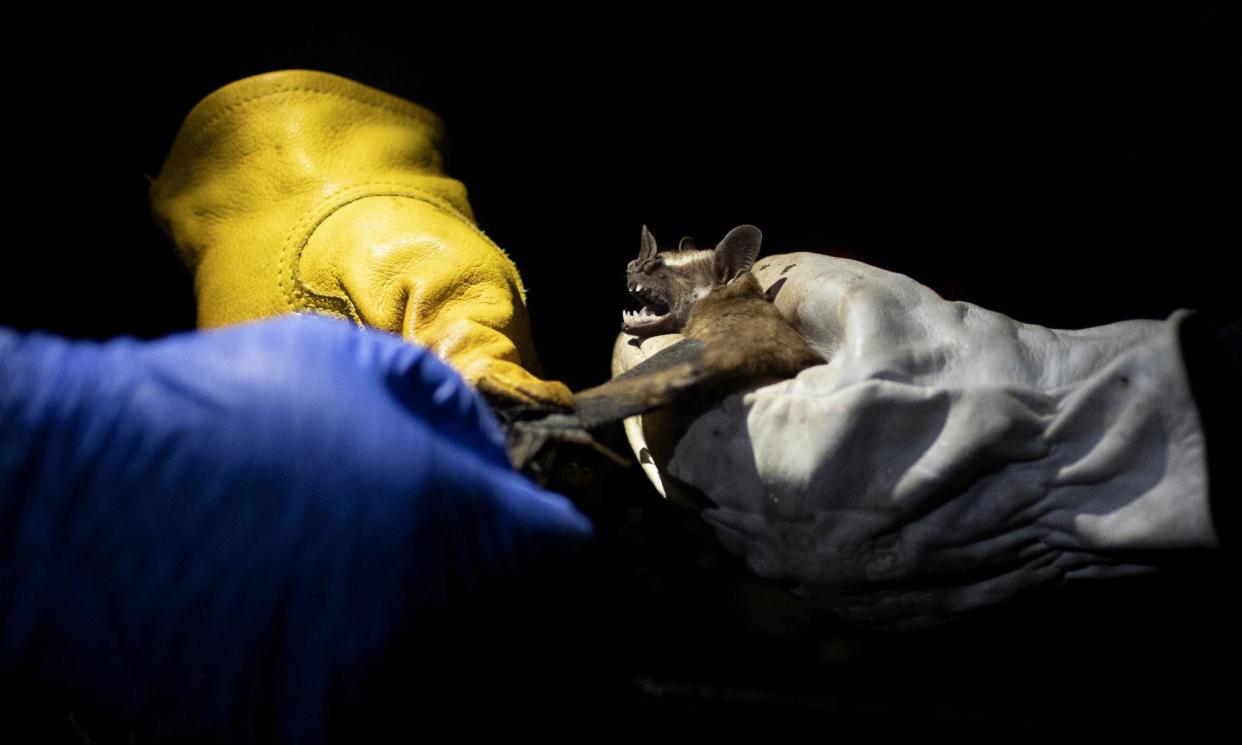Biodiversity loss is biggest driver of infectious disease outbreaks, says study

Biodiversity loss is the biggest environmental driver of infectious disease outbreaks, making them more dangerous and widespread, a study has found.
New infectious diseases are on the rise and they often originate in wildlife. In meta-analysis published in the journal Nature, researchers found that of all the “global change drivers” that are destroying ecosystems, loss of species was the greatest in increasing the risk of outbreaks. Biodiversity loss was followed by climate change and introduction of non-native species.
“The take-home messages are that biodiversity loss, climate change and introduced species increase disease, whereas urbanisation decreases it,” said lead researcher Prof Jason Rohr from the University of Notre Dame in the US. Experts analysed nearly 1,000 studies of global environmental drivers of infectious disease, covering all continents except for Antarctica. They looked at both the severity and prevalence of disease in plant, animal and human hosts.
The team focused on five global change drivers – biodiversity loss, climate change, chemical pollution, non-native species, and habitat loss. They found four out of five increased disease spread: all except habitat loss increased disease. Their results were the same across human and non-human diseases.
Habitat change reduced the risk because of the trend of humans moving towards a specific type of habitat – cities. Urban areas tend to have less disease, partly due to better public sanitation but also because there is less wildlife. Rohr said: “In urban areas with lots of concrete, there is a much smaller number of species that can thrive in that environment. From a human disease perspective, there is often greater sanitation and health infrastructure than in rural environments.”
Interest in zoonotic disease has increased since the Covid pandemic, which some researchers believe came from a bat. Many other diseases currently alarming global health authorities – including swine flu and avian flu – also originated in wildlife. Three-quarters of emerging diseases in humans are zoonotic, meaning they also infect wildlife and domestic animals.
Previous studies pointed to links between these diseases and environmental change (for example, global warming could mean malaria is becoming more widespread) but it was previously unclear which environmental drivers had the biggest impact. The researchers noted that many of the drivers are interconnected: “For example, climate change and chemical pollution can cause habitat loss and change, which in turn can cause biodiversity loss.”
Researchers say that reducing emissions, reducing biodiversity loss and preventing invasive species could all help to reduce the burden of disease. “We hope that our analyses will facilitate disease control, mitigation and surveillance efforts globally,” researchers wrote in the paper.
Find more age of extinction coverage here, and follow biodiversity reporters Phoebe Weston and Patrick Greenfield on X for all the latest news and features

 Yahoo News
Yahoo News 
